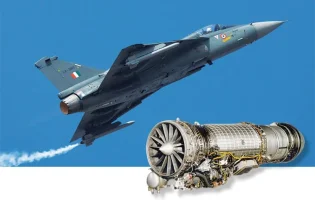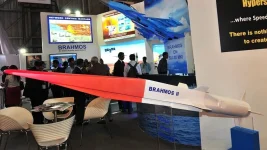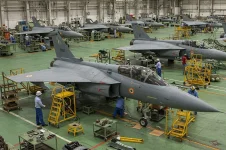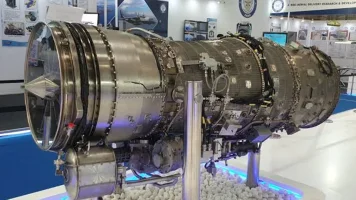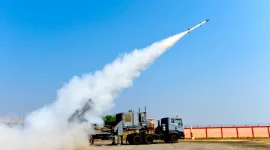- Views: 2K
- Replies: 3
The Ministry of Defence, alongside the Aeronautical Development Agency (ADA), is set to make a crucial decision by the middle of 2026, selecting the industrial partners who will help build India’s first indigenous stealth fighter, the Advanced Medium Combat Aircraft (AMCA).
This selection follows the submission of seven bids from leading defence firms for the aircraft's Full Scale Engineering Development (FSED) phase.
Valued at approximately ₹15,000 crore, this phase is critical for moving the fifth-generation aircraft program from design to reality, with the first prototype scheduled to be rolled out by 2028 and induction into the Indian Air Force (IAF) planned for the mid-2030s.
An Expression of Interest was issued in early 2025 to involve India's private sector in this high-profile project, aiming to leverage its efficiency and innovation.
The response included bids from major domestic players such as Larsen & Toubro (L&T), Tata Advanced Systems Limited (TASL), Mahindra Defence Systems, Bharat Forge, and Godrej Aerospace. A joint proposal from the state-owned Hindustan Aeronautics Limited (HAL) and Russia's United Aircraft Corporation (UAC) was also submitted.
These companies are competing for significant workshares in manufacturing the airframe, integrating complex avionics and weapons systems, and producing composite structures, all vital for achieving the project's target of 70% indigenous content under the 'Atmanirbhar Bharat' policy.
According to ADA Chief Dr. S. Unnikrishnan, the evaluation process will be thorough, focusing on technical capability, commitment to local manufacturing through offsets, and the ability to adhere to the IAF’s stringent timelines.
He emphasised that the goal extends beyond merely producing an aircraft; it aims to cultivate a robust and self-sustaining ecosystem for future advanced military technologies.
A joint committee of the ADA and the Ministry of Defence will oversee the selection, assessing each bidder's cost-effectiveness, proven experience in large-scale projects, and the extent of technology transfer they offer.
This collaborative model draws from the successful public-private partnership framework established during the Tejas Mk1A program.
This development marks a significant acceleration for the AMCA project, which has previously faced hurdles related to funding and the finalisation of its engine technology.
With the preliminary design reviews now approaching completion, the chosen partners will be expected to begin work on their assigned development packages immediately after the mid-2026 announcement.
The first prototypes will be powered by American GE F414 engines and equipped with locally developed Gallium Nitride (GaN)-based AESA 'Uttam' radars from the Electronics and Radar Development Establishment (LRDE).
The initial airframe will be assembled at HAL's Nashik facility, using a modular design to allow for faster upgrades and modifications. The maiden flight is targeted for late 2028.
Despite the progress, significant challenges remain. A key task will be to integrate foreign technology, such as specialised stealth coatings, while safeguarding India's own intellectual property.
Furthermore, successfully scaling up the industrial production of critical domestic components, like the advanced GaN modules for the radar, is essential for the program's long-term success.
Industry analysts predict that the government may select a consortium model, with two or three primary partners taking a combined 40% workshare, while a wider network of Micro, Small, and Medium Enterprises (MSMEs) will be engaged through offset agreements to supply smaller components and services.

